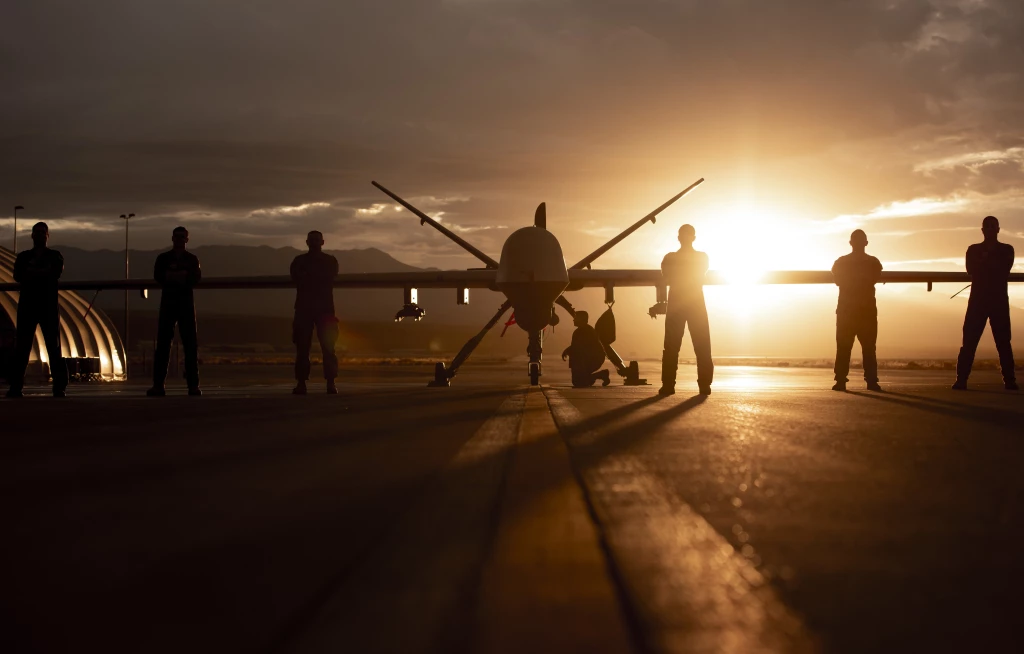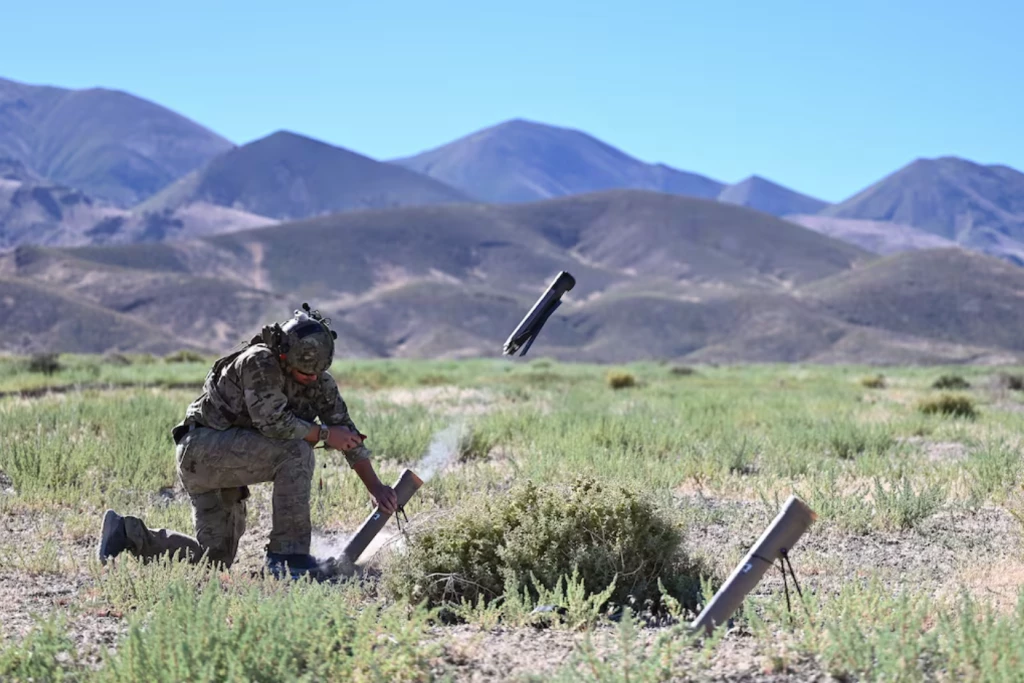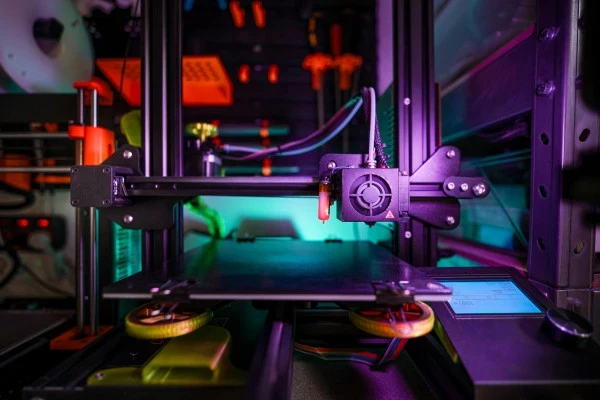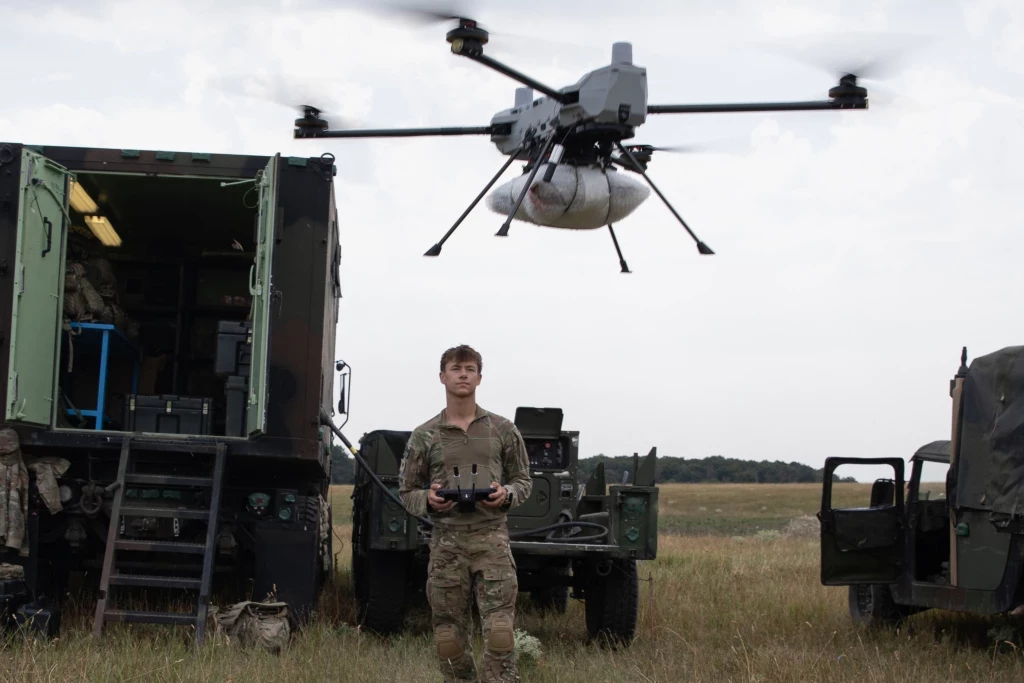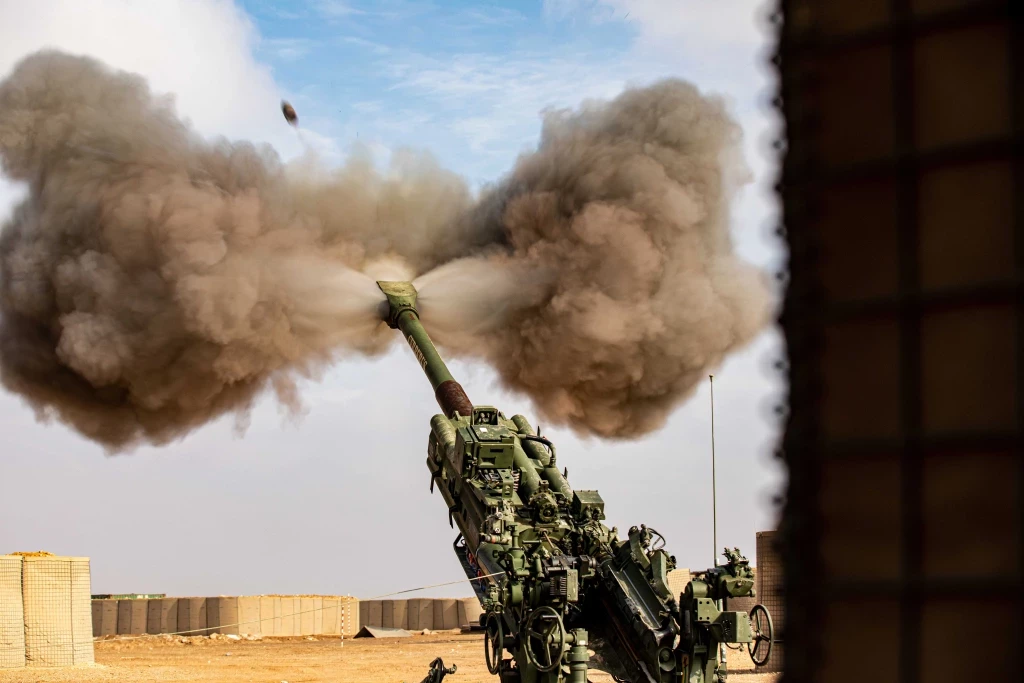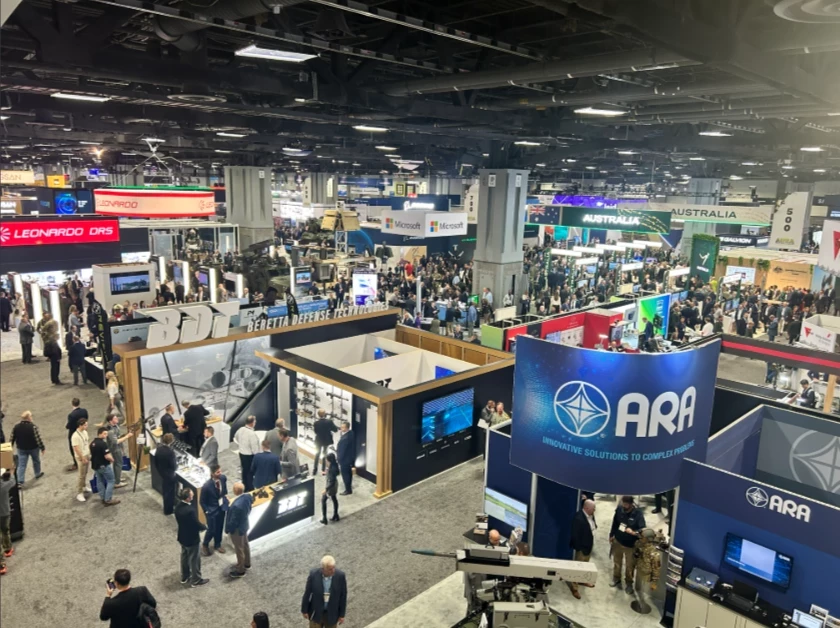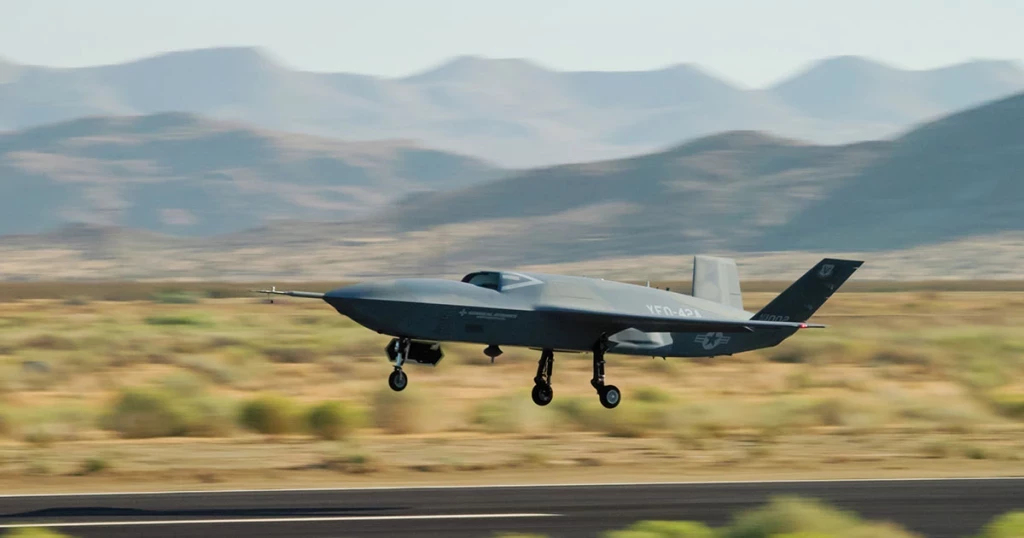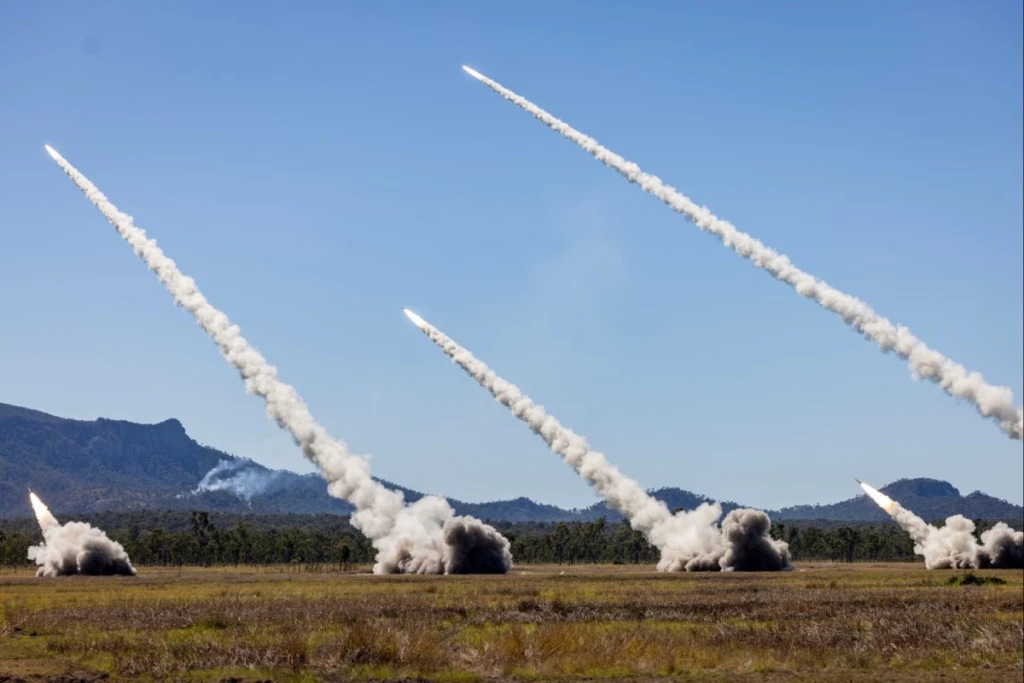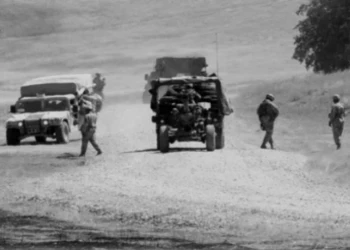Logistical Interoperability Across the US Military
Add bookmark
This year’s Defense Logistics & Support Summit in Arlington, Virginia, will bring together supply chain and logistics experts from every branch of the US Military, including the newest branch, the US Space Force.
Representing the Space Force at the event is Mr. Bruce Hollywood, the Associate Chief Operations Officer. In this role, he supports the Chief Operations Officer in the execution of overall responsibility for Operations, Intelligence, Sustainment, Cyber and Nuclear Operations of the United States Space Force. He also played a key role in the historic establishment of the Space Force as an independent service in December 2019.
At this year’s summit, Mr. Hollywood will join a panel of speakers that include representatives of the Army, Navy, and Air Force, as they discuss collaborative logistics strategies across the US Military. Before the event, Mr. Hollywood joined IDGA to discuss united logistics from a Space Force perspective, unique challenges the branch might face, and strategies the Space Force is employing to enhance logistics operations.
Can you provide an overview of your role as the Associate Chief Operations Officer for the US Space Force and your key responsibilities?
I have the absolute best job on the planet!
We are standing up the first new military service since the U.S. Air Force was established more than 75 years ago. When we were established in 2019, we were given a mandate to be “lean and agile,” so our U.S. Space Force staff has combined activities that were traditionally separate. My boss, Lt Gen DeAnna Burt is the Space Force chief operations officer, and her duties encompass the traditional duties of the Napoleonic 3, 4, 6, 7, and 10—that is a big portfolio! She is lead for operations, logistics and sustainment; cyber; force readiness; global force management; training and exercises, as well as nuclear command, control and communications. As her civilian deputy, I assist her in carrying out her responsibilities and any other tasks she directs. I get to work new challenges every day and I work with the most amazing professionals in the world as we carry out this critical mission while we simultaneously build this new service!
What are some of the unique logistical challenges that the US Space Force faces? How do they compare to the challenges the traditional military branches face?
There are unique and common challenges. We have the typical obsolescence, corrosion, and software maintenance challenges that every service faces. We also have worldwide geographically separated units that have the “tyranny of distance” logistics challenges as well. However, we uniquely have the “tyranny of distance” for our satellites up to 22,000 miles away at geostationary orbit moving at over 6,000 miles per hour. We never planned to service those satellites. For the longest time, when we launched satellites, we would fill that satellite up with fuel and once the fuel was gone, so was the satellite. Imagine launching an F-35 with only one tank of gas and then disposing of it. We are working with industry and multiple research labs to evaluate the military utility of various on-orbit mobility logistics capabilities to include on-orbit refueling, robotic maintenance, satellite taxi servicing to different orbits, on-orbit pre-positioned supply, etc., to provide options to combatant commanders.
Another unique challenge is our increased launch operational tempo at our spaceports in Florida and California. Our Assured Access to Space team supports almost 300 launches per year between national security, civil and commercial space missions. This was unheard of even five years ago. That puts a huge burden on our supply chain and infrastructure. We are getting after this with our Spaceport of the Future initiatives to optimize and increase launch capacity for future space needs.
Most Soldiers, Sailors, Marines, and Airmen deploy to the theater and need to be supported “forward.” Most Guardians “employ-in-place,” that is they carry out their mission from their home station. Logistically, that is easier in some ways but offers a whole new set of challenges. The homeland was once considered a sanctuary, but that is no longer the case. Facilities, infrastructure and equipment are considered “supporting” to traditional deploying forces but are essential for our employed-in-place forces. They must be available and able to operate across the entire spectrum of conflict.
How important is interoperability between the Space Force's logistics systems and those of other branches?
Logistical interoperability is very important. For our terrestrial systems, we need to be able to operate with the other branches, especially for systems that may be collocated with other branches and that rely on them for support. Since the Space Force was designed as a lean and agile service, we do not have our own organic depots, supply chain or logistics information systems. We rely on the Air Force for that support. We are leveraging the Air Force’s Basing and Logistics Analytics Data Environment in the larger Department of Defense (DoD) ADVANA ecosystem to develop an application called Space Sustainment and Performance Enterprise Evaluation Dashboard (SSPEED). SSPEED will provide real time maintenance, funding, and operations data on various space systems to operationalize our readiness. As future versions are built out, we are employing the use of predictive analytics to better predict the future sustainment footprint needed to keep our systems online through their lifetime and beyond. This is a big leap for our weapons system sustainment and our ability to buy down risk. SSPEED will shape the Space Force’s Mission Sustainment Strategy for subsequent incorporation into Force Design, Force Development and thus influence Program Objective Memorandum (POM) submissions that directly align with Great Power Competition objectives. It would benefit all services to share as much logistics data as we can in that larger ADVANA ecosystem.
What strategies is the US Space Force employing to enhance their logistics operations?
Fundamentally, the Space Force must ensure space superiority to secure our ability to operate across the entire spectrum of conflict. The capabilities that we provide the rest of the Joint Force and the global economy are critical to global logistics efforts especially in a contested logistics environment. Communication is an easy one to appreciate, as is global positioning and navigation. In reality, it is much more complex than that. The “T” in PNT is “timing,” and many systems across the globe rely on that precise timing to be able to operate. We also provide vital intelligence on the enemy and friendly situation, the weather, and enroute conditions. We must also maintain the capability to prevent our adversaries from using space-enabled capabilities against the Joint Force.
There are deliberate efforts underway to get after some of the more significant challenges impacting Space Force logistics operations with the first goal set to better define readiness and the applicable measures. A second focus area is to have the foresight of emerging threats and how to best address them in a contested environment. Additionally, we must always balance our limited resources between preserving the readiness of today with required modernization initiatives to address threats of tomorrow. Lastly, we must be flexible and quickly adapt as we face unforeseen challenges.
Furthermore, we are integrating with various organizations across the DoD for increased logistics capabilities. The most recent action on this front was our Performance Based Agreement (PBA) between the Space Force and the Defense Logistics Agency, which will provide full-service support, notably launch fuels support and low demand supply support to improve our Supply Chain Risk Management. We also sent our first Guardians to the Pilot Joint Logistics Planners course at Army Sustainment University to enhance space logistics in the joint fight from institutional and component commands. Also, we are working with U.S. Transportation Command and Air Force Research Laboratory to explore the potential of Point-to-Point Delivery (P2PD) of Rocket Cargo mobility capabilities. It has the promise to deliver anywhere in the world in hours, but the technology has to mature; and we need to flesh out policy and infrastructure implications.
What are you hoping attendees of your panel discussion at the Defense Logistics & Support walk away having gained?
I hope the attendees walk away having gained an appreciation for the importance of their U.S. Space Force to increasing the lethality and effectiveness of the Joint Force, and to enabling our modern way of life.










